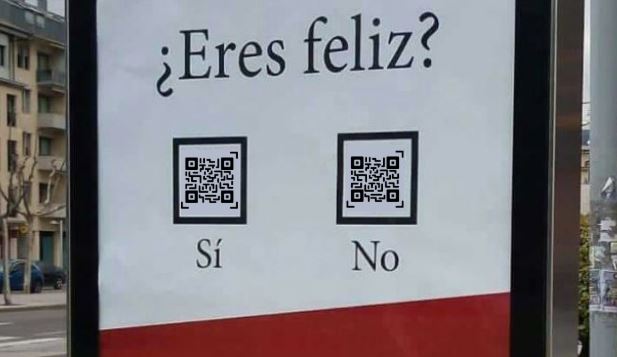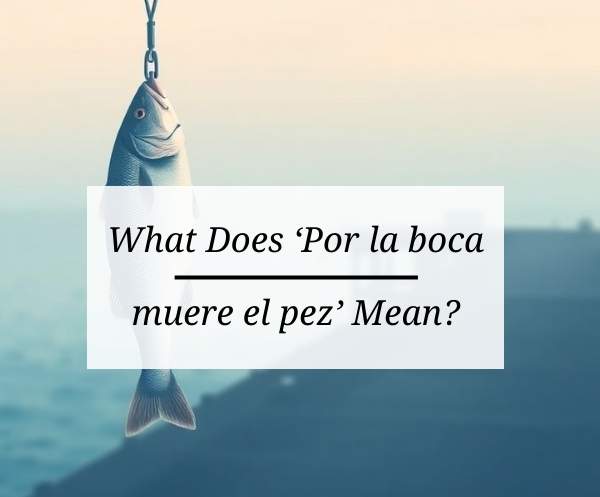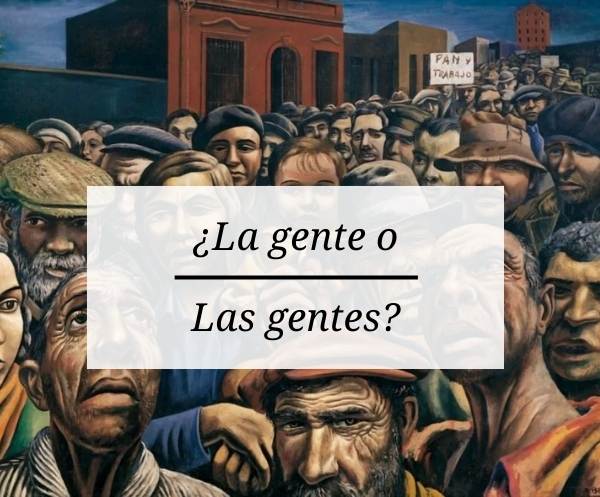If you’re learning Spanish, you’ve probably seen an upside-down question mark at the beginning of sentences like this: ¡Hola! ¿Cómo estás? That little symbol — ¿ — might look strange at first, but it plays an important role in Spanish writing. In this article, we’ll explain why Spanish uses inverted question marks, how to use them correctly, and how to type them on your keyboard. We’ll also take a quick look at the inverted exclamation mark (¡), since it’s part of the same system.
Whether you’re a beginner or already learning some Spanish, this guide will help you understand these unique punctuation marks.

Why Does Spanish Use Upside-Down Question Marks?
The upside-down question mark (called “signo de interrogación inicial” in Spanish) is used at the beginning of direct questions. The regular question mark (?) still appears at the end, so every question is surrounded by a pair like this: ¿…?
This punctuation rule is unique to Spanish. English and many other languages use only a question mark at the end. So why does Spanish do it differently?
The answer is clarity. Spanish questions can sometimes look exactly like statements until the very end of the sentence. For example:
- Te gusta el verano. (You like summer.)
- ¿Te gusta el verano? (Do you like summer?)
These two sentences use the same words and grammar. Without punctuation, you might not know whether someone is asking a question or making a statement. The inverted question mark lets the reader know from the start that a question is coming.
A Bit of History
The idea of using an inverted question mark started in the 1700s. In 1754, the Real Academia Española (RAE) — the official organization that manages the Spanish language — suggested using ¿ to make questions easier to read. At first, it was only used in long or unclear questions. But by the late 1800s, the rule became simple: every direct question should begin with an inverted question mark.
Today, this rule helps readers understand tone, avoid confusion, and read with the right expression.
How to Use the Inverted Question Mark in Spanish
1. Start Every Direct Question with ¿
Just like English questions end with “?”, Spanish questions begin with “¿” and end with “?”.
Examples:
- ¿Cómo te llamas? (What’s your name?)
- ¿Dónde está el baño? (Where is the bathroom?)
- ¿Quieres comer? (Do you want to eat?)
2. Only Use it for the Question Part
If a question appears in the middle or end of a sentence, the inverted question mark goes only before the question.
Example:
- Estoy emocionado, ¿y tú? (I’m excited, and you?)
- Si no puedes ir con ellos, ¿quieres venir con nosotros? (If you can’t go with them, do you want to come with us?)
Incorrect: ¿Si no puedes ir con ellos, quieres venir con nosotros?
3. Use it Inside Quotes or Dialogue
When writing dialogue or quoting someone, place the inverted question mark at the beginning of the quoted question.
Example:
- María preguntó: «¿Vienes con nosotros?» (Maria asked: “Are you coming with us?”)
- —¿Qué necesitas? —dijo Carlos. (“What do you need?” said Carlos.)
4. Don’t Use it in Indirect Questions
Only direct questions get the inverted mark. Indirect questions (where the question is part of a statement) do not use question marks.
Example:
- No sé dónde estás. (I don’t know where you are.)
How is This Different from English?
In English, word order often makes it clear that a sentence is a question (like starting with “Do you” or “Are you”). Spanish doesn’t always do that, so the question mark helps a lot.
English: Are you home?
Spanish: ¿Estás en casa? (Are you home?)
Without the ¿, “Estás en casa” could be a simple statement: “You are home.”
The ¿ tells us it’s a question right away.
What About the Inverted Exclamation Mark (¡)?
Spanish also uses the inverted exclamation mark to show the start of an excited or emotional sentence. It’s used the same way as the inverted question mark.
Examples:
- ¡Hola! (Hello!)
- ¡Buenos días! (Good morning!)
- ¡Qué sorpresa! (What a surprise!)
You can even combine both marks if something is both a question and an exclamation:
- ¿¡Cómo estás!? (How are you!?)
- ¡¿Qué haces aquí?! (What are you doing here?!)
These combinations show surprise, excitement, or strong emotion.
How to Type the Inverted Question Mark
On Windows (PC):
- Hold the Alt key and type 0191 on the number pad:
Alt + 0191= ¿ - You can also try:
Alt + 168orAlt + 173on some keyboards - If you use Word, try:
Ctrl + Alt + Shift + ?
On Mac:
- Press Option + Shift + ? = ¿
- Press Option + 1 = ¡
On Phones and Tablets:
- On most mobile keyboards, press and hold the
?key. The ¿ will pop up. - The same works with
!to get the ¡ - You can also switch your keyboard layout to Spanish for easy access
Tips for Learning and Practicing
- Practice reading Spanish out loud. The inverted marks will help you know when to raise your voice for a question.
- Write your own sentences using ¿ and ¡ to get comfortable with where they go.
- Switch your keyboard to Spanish if you type in Spanish often. It makes things easier.
Final Thoughts
The inverted question mark might seem unusual at first, but it’s one of the things that makes Spanish such a clear and expressive language. Once you understand how it works, you’ll find that it actually makes reading and writing Spanish easier. The same goes for the inverted exclamation mark. Both symbols help show meaning, tone, and emotion — and that’s what language is all about!
So next time you see ¿ or ¡, you’ll know exactly what it means — and how to use it yourself.





